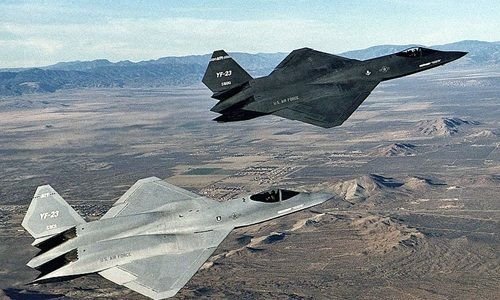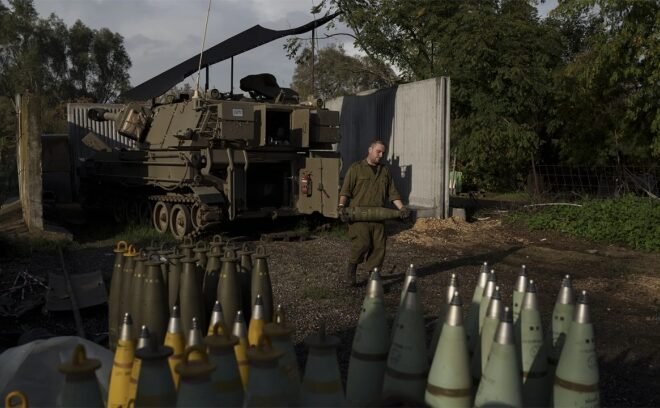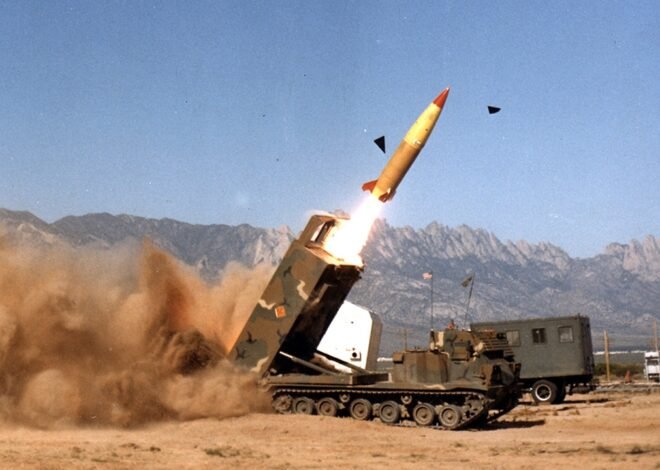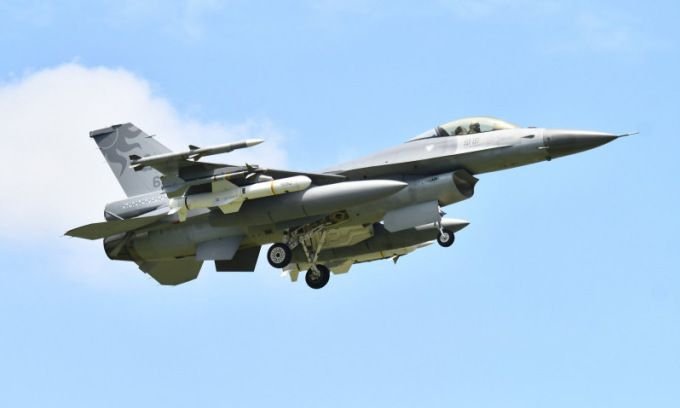
‘Poison spider’ YF-23 – America’s short-lived stealth fighter
Two experimental versions of the YF-23.
Although always proud of the state-of-the-art 5th generation F-22 `Raptor` stealth fighter squadron, many US defense officials still regret the YF-23 `Poison Spider` experimental fighter model.
When discovering the birth of the Soviet Union’s Mig-29 and Su-27 fighter jets in 1978, US air force officials worried that these two fighter models could be serious opponents, even possible.
To maintain absolute air superiority, the Pentagon has ordered many of the country’s defense contractors to research and develop a new aircraft model under the `Advanced Tactical Fighter` (ATF) program.
In July 1986, after reviewing the detailed projects of the contractors, the Pentagon selected only two final test models: Northrop Grumman’s YF-23 and Lockheed’s YF-22 (today’s F-22).
Based on the results of design and aerodynamic analysis, Aviations military experts believe that the `Poison Spider` is superior to the `Raptor` in many basic features of the fighter.
The YF-23 has a very unique aerodynamic design, with a `cannon` main wing and no horizontal stabilizer on the tail, giving it greater stealth than the YF-22 model.

A YF-23 version at an Ohio military base.
Another impressive feature of the YF-23 is the design of the engine exhaust nozzle facing up instead of facing horizontally like a traditional engine, helping the aircraft increase its ability to hide infrared traces.
The YF-23 has better supersonic travel capabilities than the YF-22 thanks to its General Electric YF120 engine.
In terms of flight range, the YF-23 is also more impressive than Lockheed Martin’s design with an operating range of 4,500 km, larger than the 3,200 km of the YF-22.
Despite possessing those outstanding advantages, on April 23, 1991, the YF-23 had to `sadly` accept defeat, watching its opponent be selected to become the military’s official stealth fighter model.
The design of the YF-23 is an absolute combination of speed, altitude and stealth.
The next reason why the YF-23 was eliminated was because the contractors Northrop and McDonnell Douglas were `notorious` in the program to develop B-2 bombers and A-12 attack aircraft, making the Pentagon unhappy.
Two YF-23 versions are still on display at a military base in Ohio, where they are often used for demonstration flights or for other research work.
See more: SR-71 – reconnaissance machine subdues thousands of anti-aircraft missiles.


